“I was out with Katy Perry doing a show in Italy, and I got the call to to join Chappell Roan last minute. I had two days to learn the show”: Devon Eisenbarger plays with the world’s biggest popstars – but still jams covers in amusement parks
The session pro discusses the skills needed to hold down gigs with pop icons – including playing on top of a giant mushroom with pyro shooting out of your guitar...
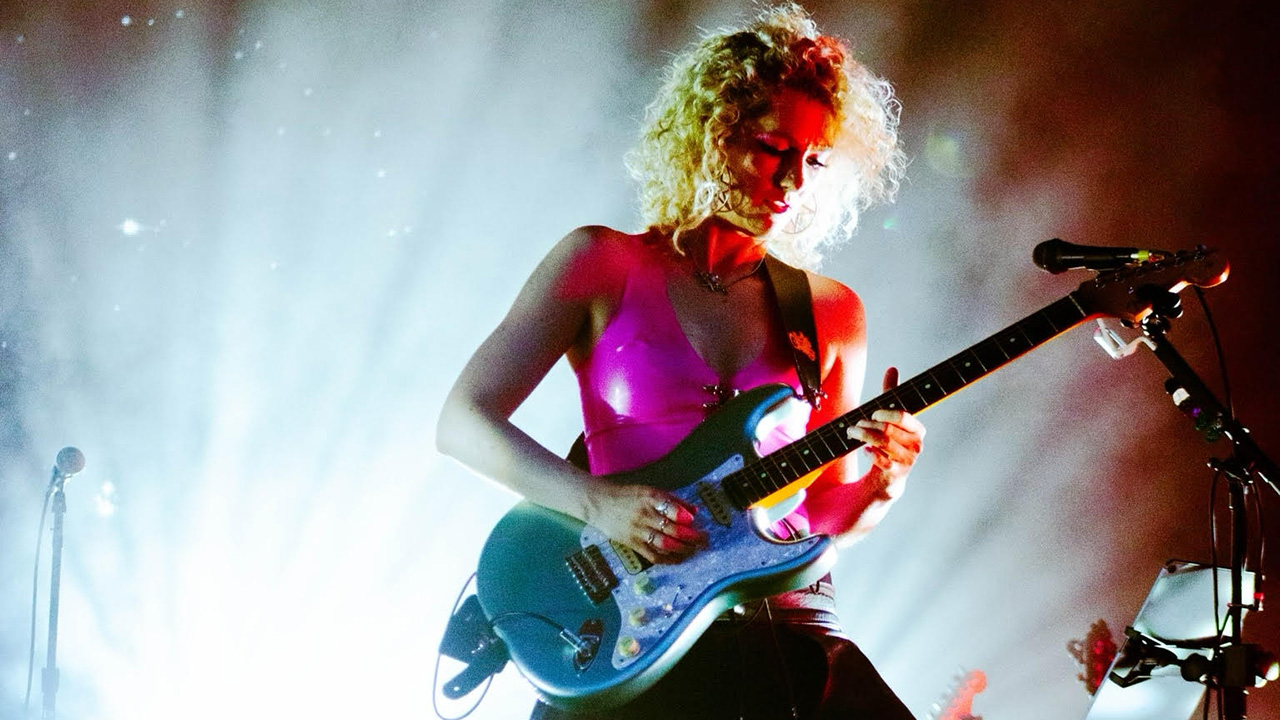
If you think playing guitar for the biggest names in pop is the best job on Earth, Devon Eisenbarger would agree – and she’s doing it. “It’s so joyful, honestly,” she says. “It’s definitely the epitome of my dreams. I feel like a little kid when I'm playing.”
Her career breakthrough came when she joined Katy Perry’s band in 2017. This year she jumped aboard Chappell Roan’s Midwest Princess tour just as the singer-songwriter’s career was exploding – confirming Eisenbarger’s status as a pop guitar (red wine) supernova.
What’s it been like playing with Chappell Roan?
“Honestly, so wild. I haven't experienced that sort of new fandom firsthand before. Getting off the bus in the morning and seeing people lined up at 9am was awesome.”
There’s a lot of guitar in the show.
“I attribute a lot of that to her music director, Heather Baker, who's a kickass guitar player. She brought so the songs even more to life with the full band, adding guitar parts where there weren’t any on the albums. It’s been really fun to have guitar actually be prominent.”
How does it compare to playing with Katy Perry?
Get The Pick Newsletter
All the latest guitar news, interviews, lessons, reviews, deals and more, direct to your inbox!
“There’s a little more guitar across the board with Chappell. But with the Katy Perry gig I get to shred solos too, so it’s super fun. Because Chappell is a newer act, I feel like as a band we have to take up more space on stage and run around like rock stars.
There’s more guitar across the board with Chappell. But with the Katy Perry gig I get to shred solos too
“With Katy there’s so many production elements – so many dancers and all that. There’s a lot on stage that everybody’s taking in. It’s like more of a small band vibe at the moment with Chappell, but I could see her having a big production down the line.”
What gear have you been using?
“The Chappell camp had some guitars already – the same model that I love to play. I love my Fender American Pro II HSS Strat and I was playing theirs, then sometimes bringing mine if they wanted a blue one. The tones really work so well for a pop gig.
“It’s incredibly versatile with the humbucker in the bridge – you can access your rock pretty quickly, but then have the poppy, funky cleans on the neck pickup or the split pickup positions. It just seems to be the one I can play a whole show with, whether it’s with Katy Perry or with Chappell.
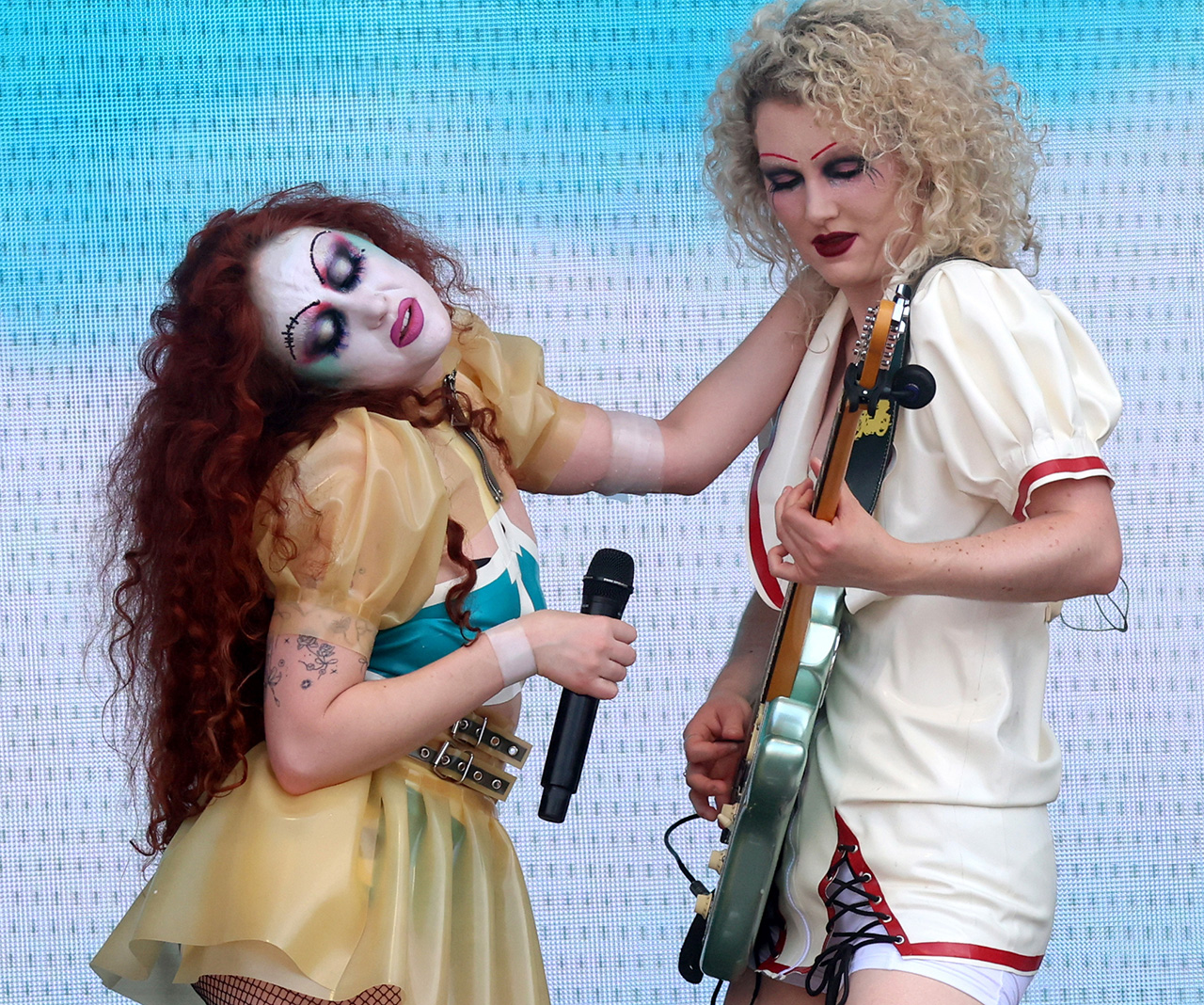
“I have another guitar by a company named Iconic. I’ve always wanted a Les Paul, but just never owned one, and they made me a Les Paul-style guitar called the La Playa. I bring that out when I’m trying to be a little heavier and I don’t need the funkiness of a Strat.
“I was doing Katy Perry’s Vegas residency at the time. There’s a moment in the show where I’m playing on top of a mushroom and shooting pyro out of that guitar.”
A post shared by Devon Eisenbarger (@devonjanemusic)
A photo posted by on
How did you wind up with Chappell’s band?
“I was out with Katy doing a show in Italy, and I got the call to to join Chappell very, very last minute. I had two days to learn the show, which didn’t allow me a lot of time to design tones.
“Luckily, MD Heather is an amazing guitar player. She made the sounds that week and shipped out a Kemper for me, because I didn’t have any of my gear with me. I had free rein to adjust them. There are some ÷13 profiles and a Matchless SC30 profile; the Hot to Go and Pink Pony Club solos are a 5150iii channel 2 profile.
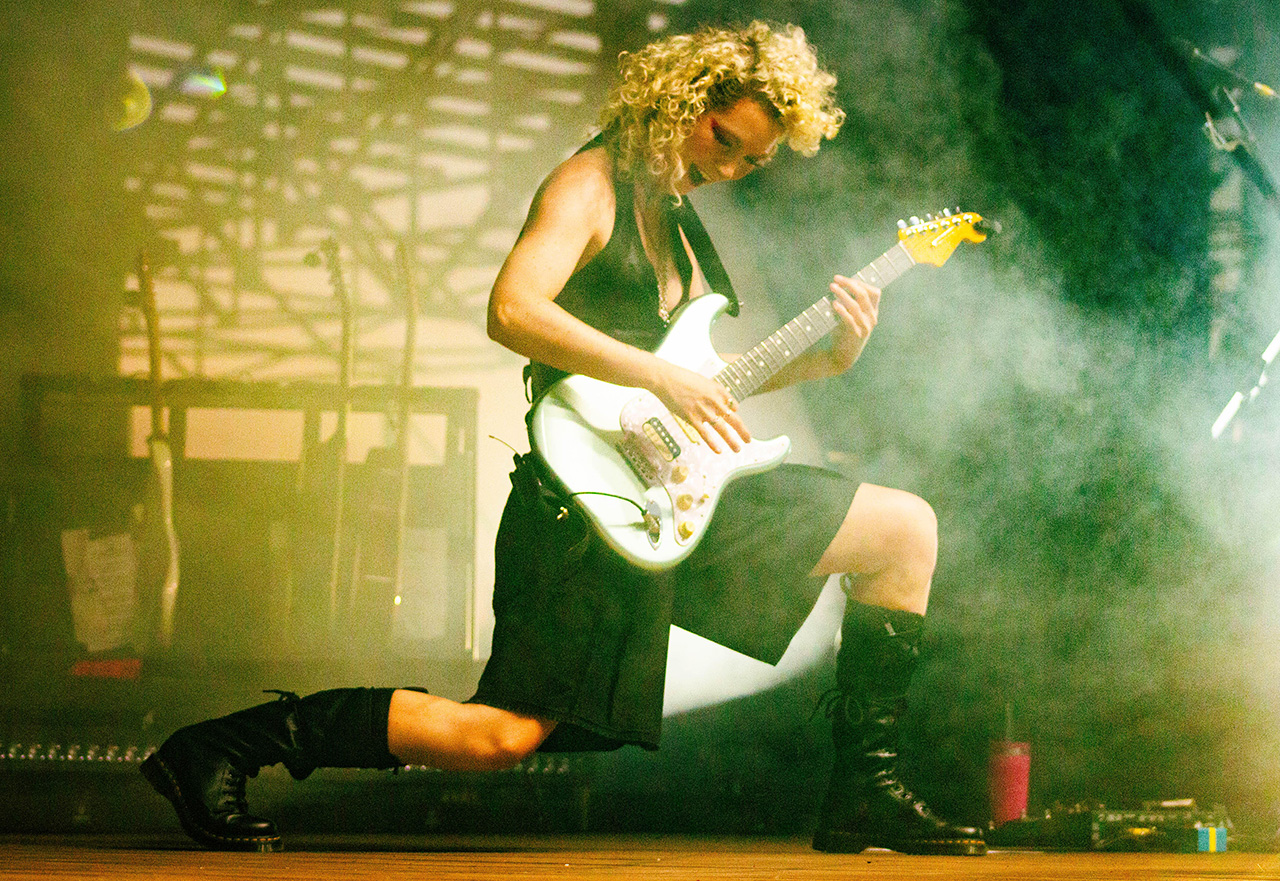
“Each song has anywhere from three to five presets. Like, ‘Here’s the verse, here’s the pre-chorus, here’s the chorus.’ Sometimes there are different amps between the patched – different effects and everything. When I’m sound designing for the pop world, each section of the song is definitely a different patch.
“Sometimes they can be the same amp, but sounds change so drastically and quite often. There probably are core tones going on; it’s maybe three or four different rock rhythm sounds I love, and I might have variations on those. Same with clean sounds and lead sounds. But the effects change patch to patch a lot.”
It’s really hard to improvise a great solo without being in that headspace. Those moments aren’t always there
How important is sound design to what you do?
“For me it’s been like almost half of the gig. Within the Katy world, we would sometimes spend half a day on sound design. Then we’d give our preset numbers to the playback person, and all our patch changes are triggered by MIDI, so we don't have to worry about it.”
Do you have free rein with tones, or will the artist and music director tell you what to use?
“They definitely have input. The MD would usually tell me if she wants something different. Recently I’ve been going to the front-of-house and asking him what he thinks. He’s the one I want to please the most, because that’s what everybody’s hearing. I’ll go and listen to front of house in rehearsals and adjust sounds from there.”
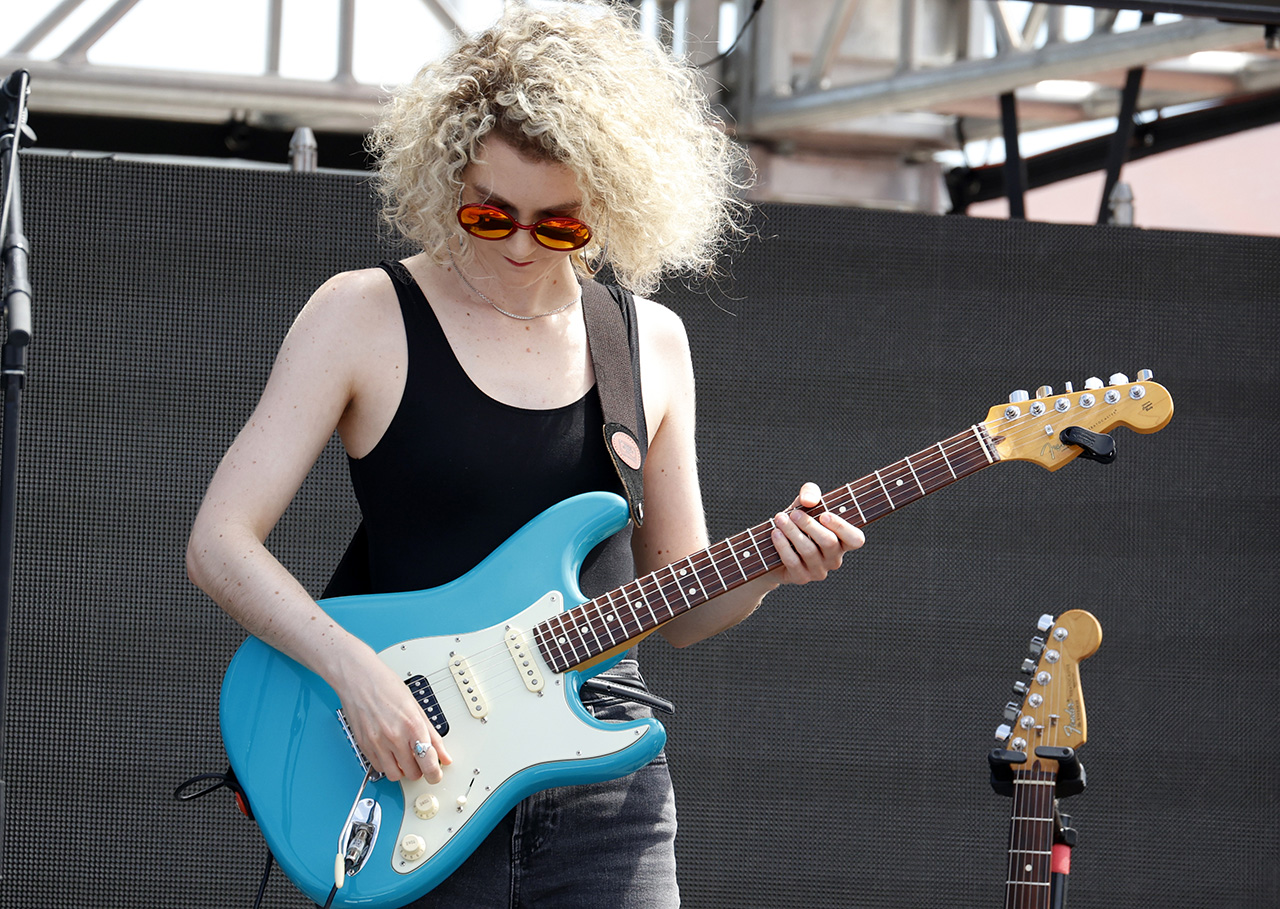
What’s your Katy Perry rig?
“I was using the Fractal because that was all I had when I joined the band. I discovered the Kemper a few years back and I fell in love with the idea of using both. So now I’ve got the Kemper, and then the Fractal in the effects loop.
“There are definitely some effects in the Fractal that I don’t know how to recreate on the Kemper, or it just doesn’t have those effects. There’s this really epic gated reverb sound in the Fractal that I still use on E.T. with Katy. Since we have it in the effects loop, we use the compressor in the Fractal, and we trigger sidechain through that.
“So if I have, say, a distorted rock patch, whether I’m using it in the Fractal or the Kemper, I can trigger the sidechain from the Fractal live, which is pretty sick.”
There’s not a lot of spontaneity in big productions; so what keeps you inspired during long tours?
“Yeah, there’s really not much spontaneity. There’s one or two moments in the show where it’s like a solo – something I can be free in. From show to show our mindsets can be so different; we can be so in it and so present, and then sometimes quite the opposite.
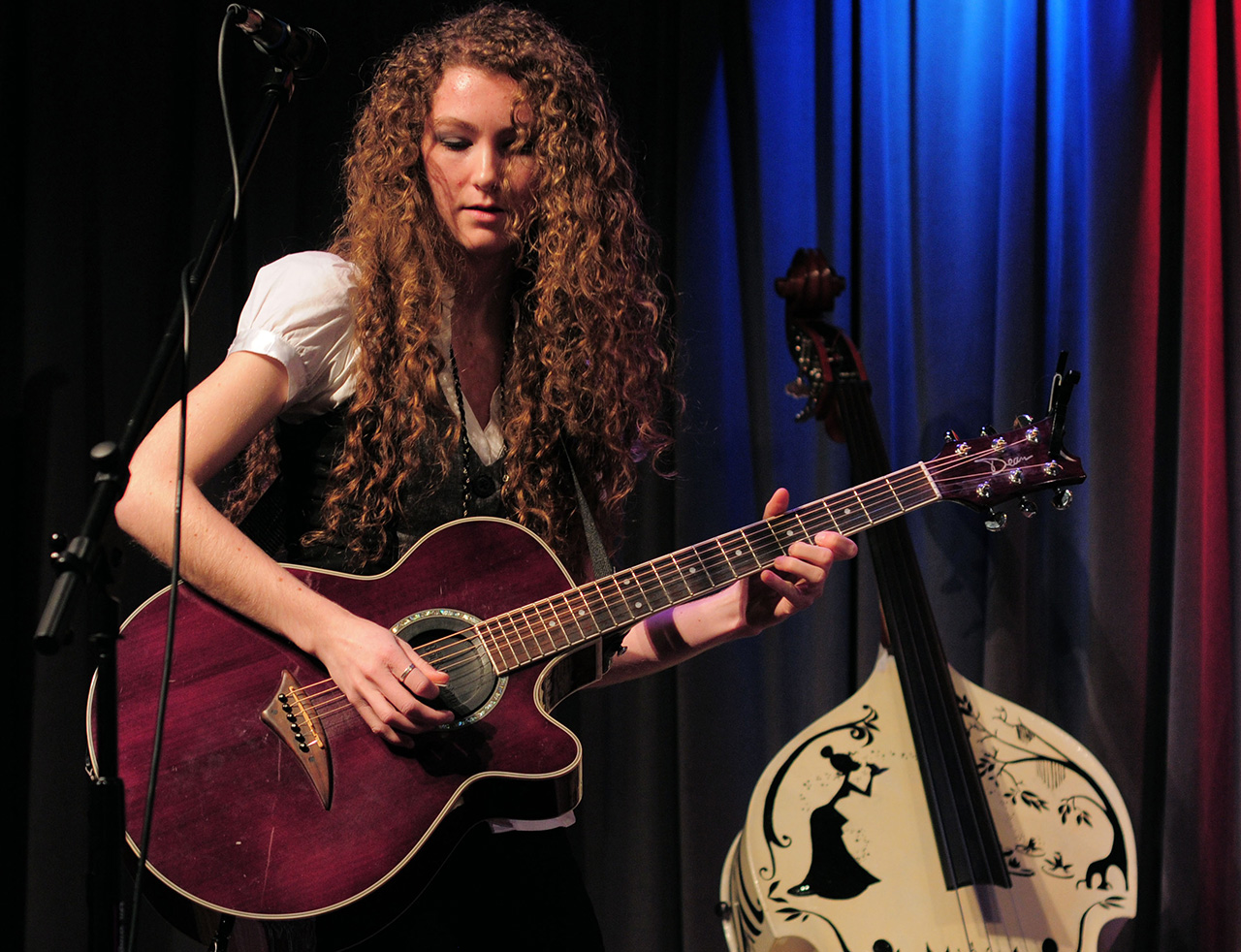
“For me, it’s just trying to be present and letting it flow. When I’m in that space the music comes through so much more. You can really tell in the solo moments – it’s really hard to improvise a great solo without being in that headspace. Those moments aren’t always there, so I kind of live for them.”
What are the most important skills for the gigs you do?
“Playing in pocket is so, so important. When you’re trying to lock in with this drummer versus that drummer, and everybody’s feel is different, being able to listen is one of the most important things. Sound design is pretty huge, but also super easy to learn.
Is it a skill to be to be kind and to be a good hang? Because I feel like that’s the biggest thing
“Is it a skill to be to be kind and to be a good hang? Because I feel like that’s the biggest thing. Your vibe and the energy you’re bringing is so incredibly important. Just be nice!”
Is reading notation important for your job?
“The ability to read charts and lead sheets is important. On the the American Idol gig it was mostly lead sheets. You didn’t need to know how to read notes excellently if you could follow the chart.
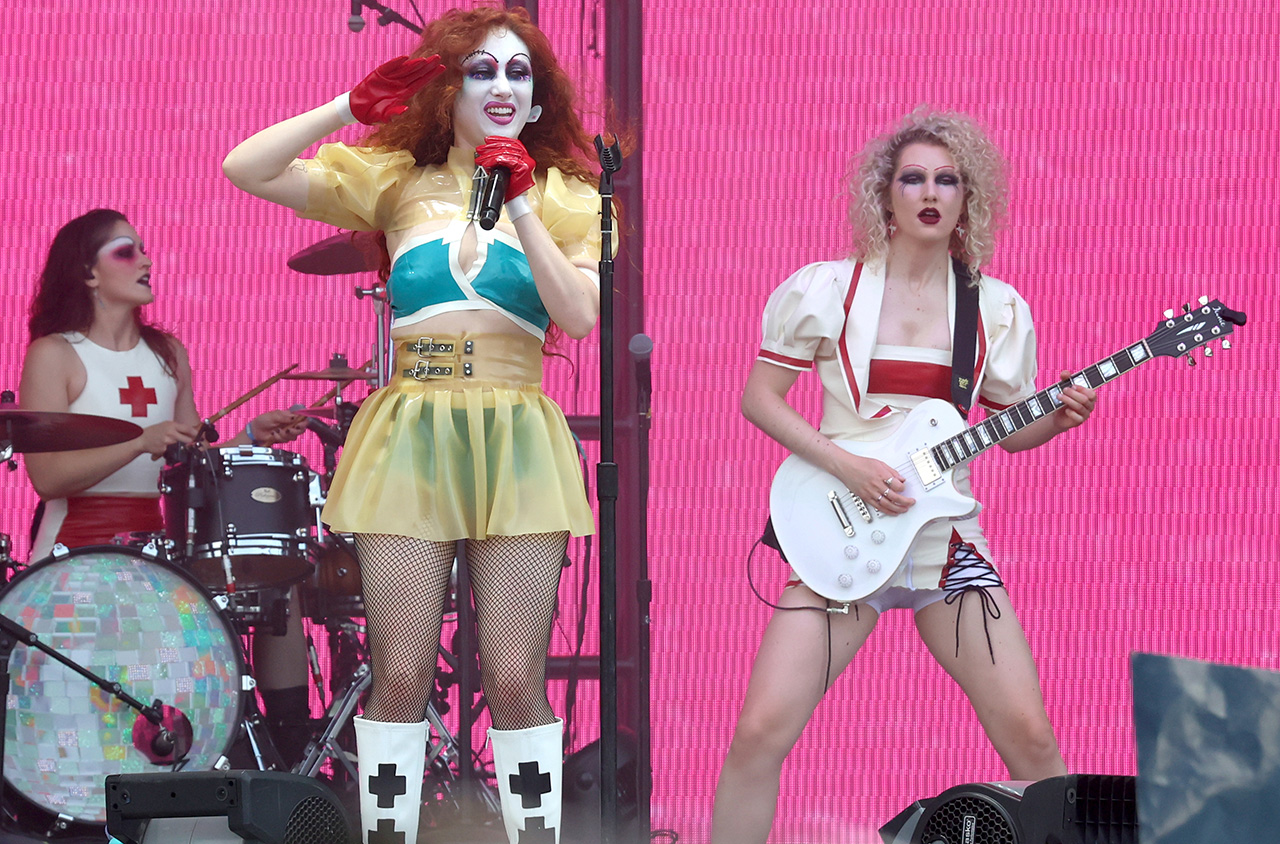
“I played with an Asian artist named JJ Lin, and all of the music was in Mandarin, so it was really hard to follow. We were playing these arenas almost like a pit band, all reading charts. I was glad I could at least write out the notes and be able to read them.
“So it can help. It’s pretty rare that we’re reading music on stage. If you want to be on a TV show, there might be more of that.”
Do your gigs come from meeting in person or social media?
“It’s probably about equal. I’m not the greatest at social media – I don’t check my messages enough. I’ve probably missed more work opportunities on social media than I’ve gotten!
“I did get the Katy gig through somebody from college messaging me, saying he was working with the MD and asking if I wanted an addition. So check your messages, folks!
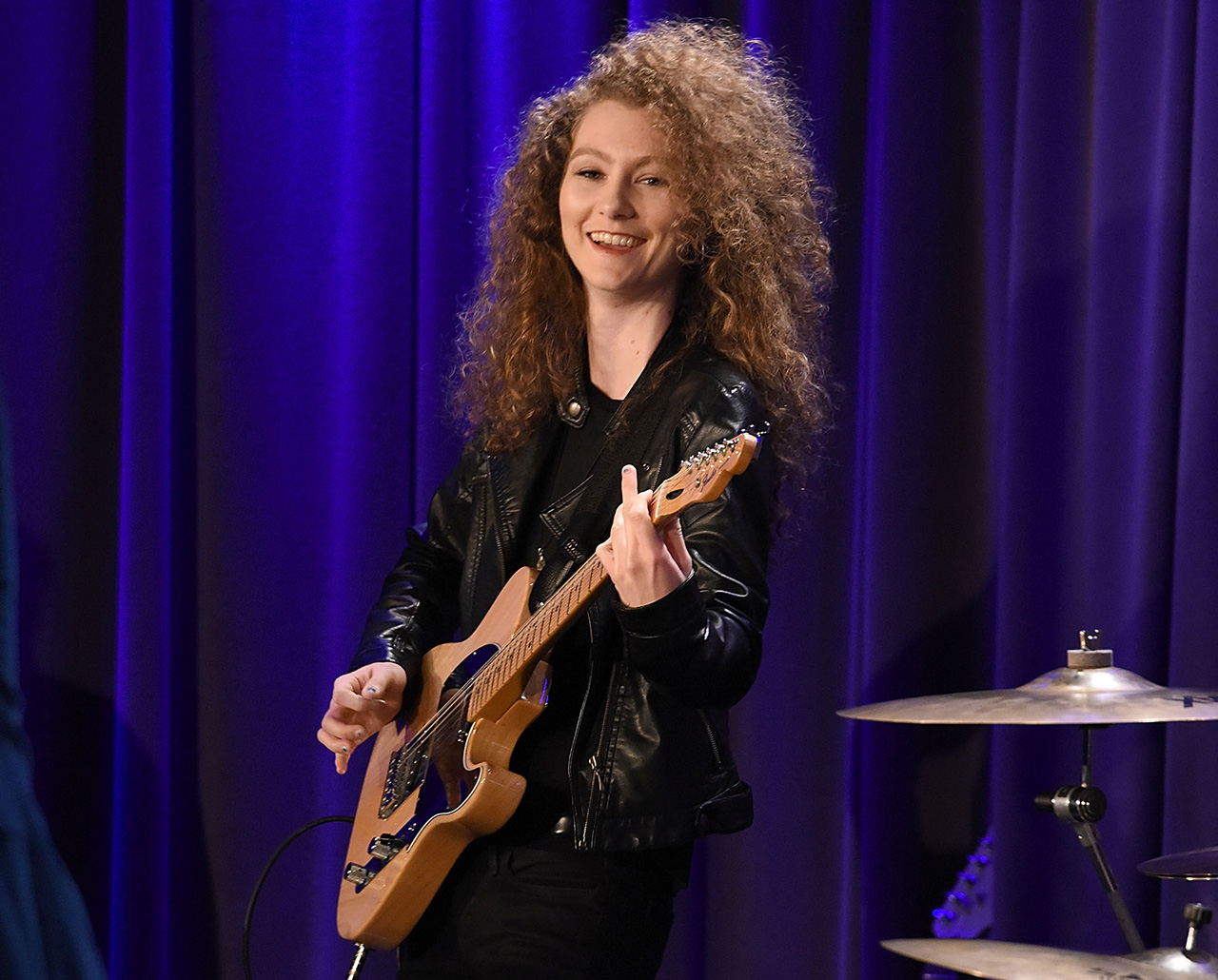
“For me there’s a little bit more in person connections. With the Chappell gig, I knew of Heather Baker, and I met her in person last year when I went to see Chappell live. Having that in-person connection was helpful.”
What do you do between tours?
“I take a lot of local gigs. I was playing at my church for a long time. I play cover band gigs a lot, whether it’s weddings or just playing at an amusement park.
“When you’re on tour, I feel like you don’t get better – you’re playing the same songs every night, so there’s not a lot of room for expanding your musical vocabulary. Some people might think, ‘Why are you playing an amusement park?’ Because I love it! I just want to play more music.”
- For more, head to Devon Eisenbarger’s Instagram.
Jenna writes for Total Guitar and Guitar World, and is the former classic rock columnist for Guitar Techniques. She studied with Guthrie Govan at BIMM, and has taught guitar for 15 years. She's toured in 10 countries and played on a Top 10 album (in Sweden).
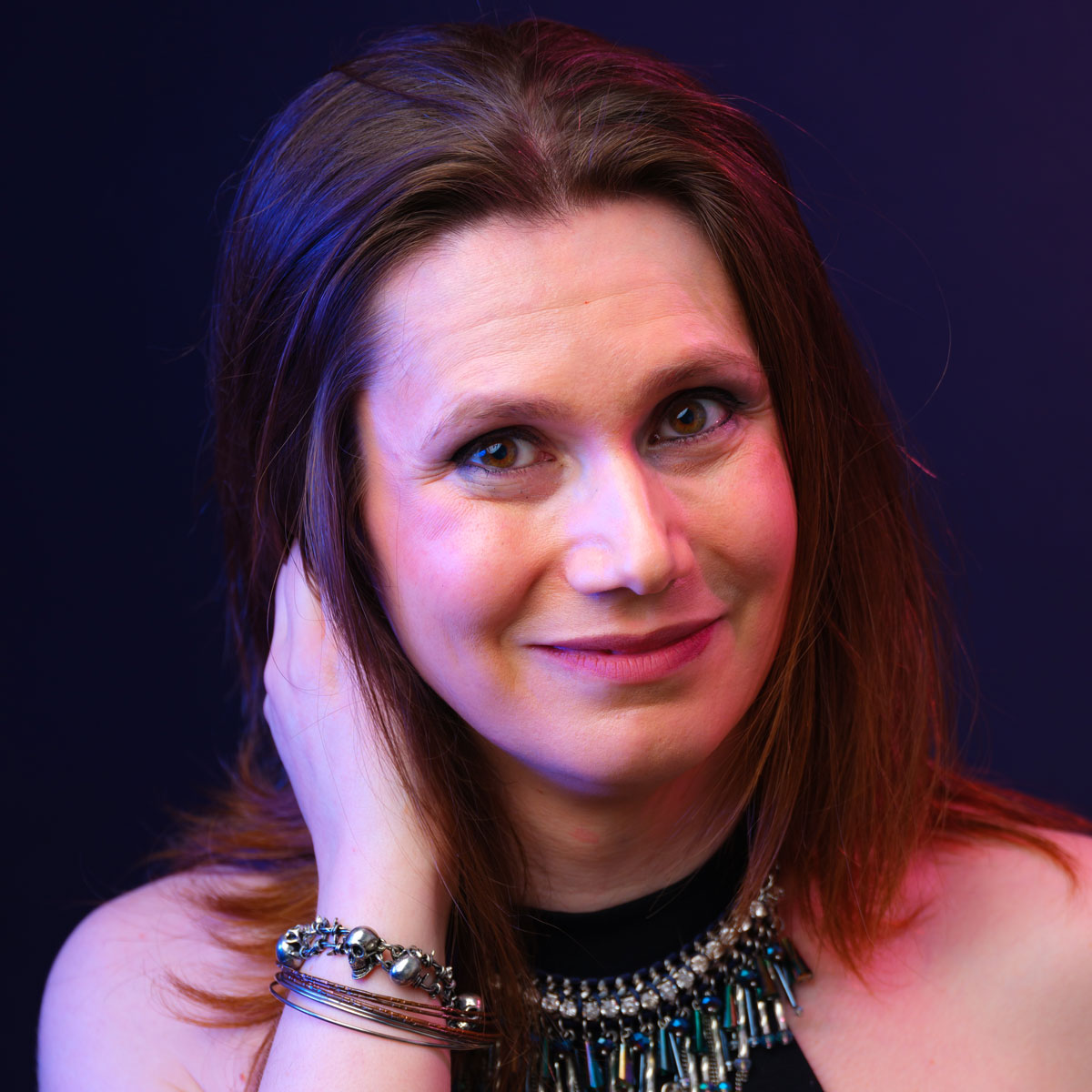


![[from left] George Harrison with his Gretsch Country Gentleman, Norman Harris of Norman's Rare Guitars holds a gold-top Les Paul, John Fogerty with his legendary 1969 Rickenbacker](https://cdn.mos.cms.futurecdn.net/TuH3nuhn9etqjdn5sy4ntW.jpg)







